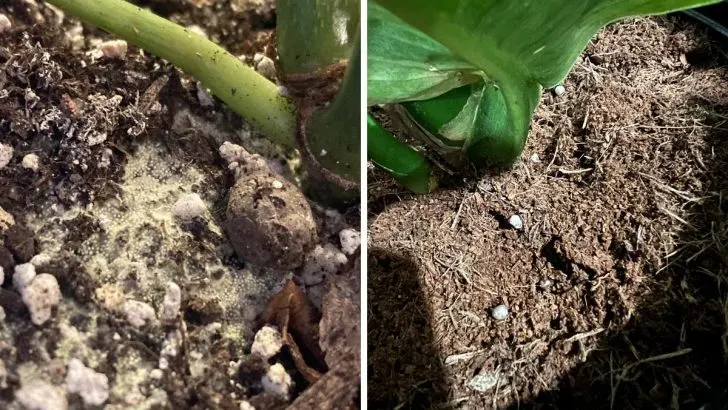In today’s article, we will talk about white fungus balls in soil. If you are a lover of plants and have a few of them in your house, you must have come across this problem at least once.
Even professional gardeners get this problem, at least once a year, don’t worry about it, every problem can be solved, including this one.
This simply happens with all plants, no matter how often we check and care for our plants, a problem will always creep up.
Today we will talk about what causes the appearance of white fungus balls in soil and the ways in which we can get rid of this problem.
If you want to know more about this problem, stay tuned and let’s see what we have prepared for you below.
What Does A Fungus Mean?
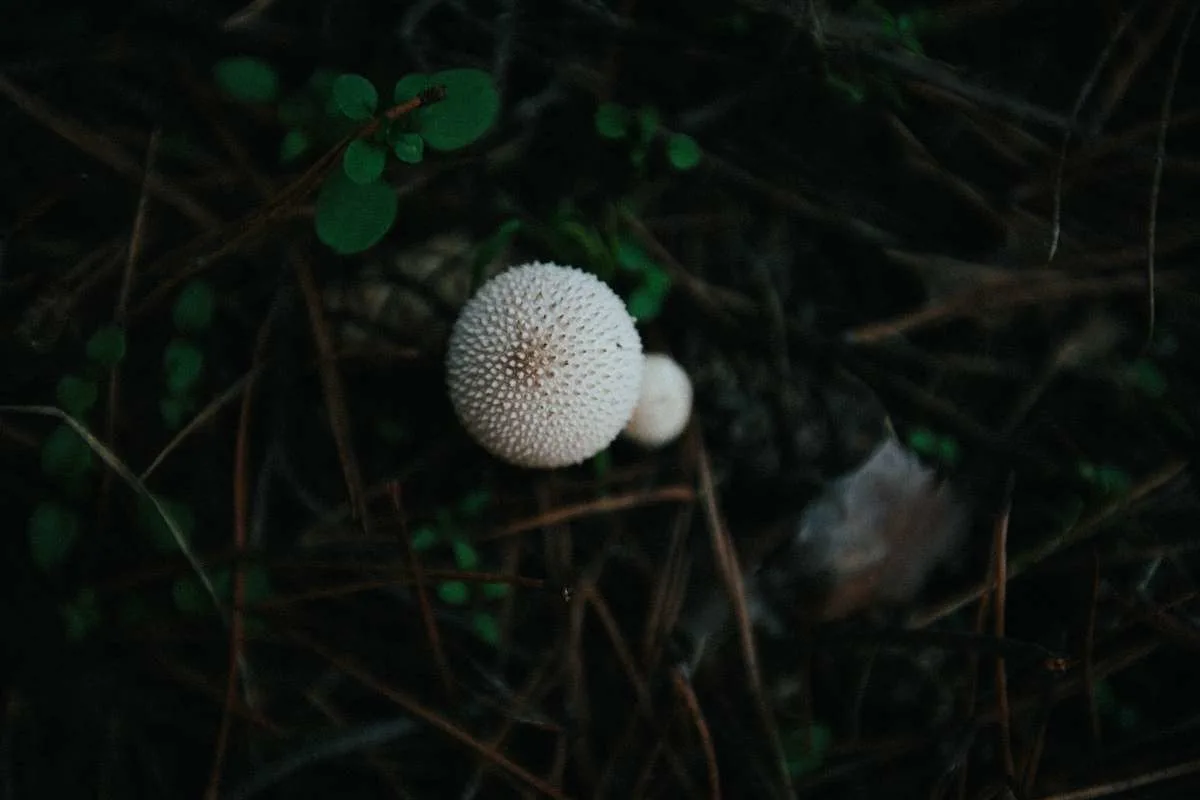
A fungus is a type of spore-producing organism that feeds on organic matter. These organisms include molds, yeasts, fungi, mushrooms, etc.
They most often appear on rotten food, soil, plant leaves, and basically, anywhere they can still draw organic matter from. When they do that, their work is done there. They can also appear on animals, mostly on fish.
How Do White Fungus Balls Look Like?
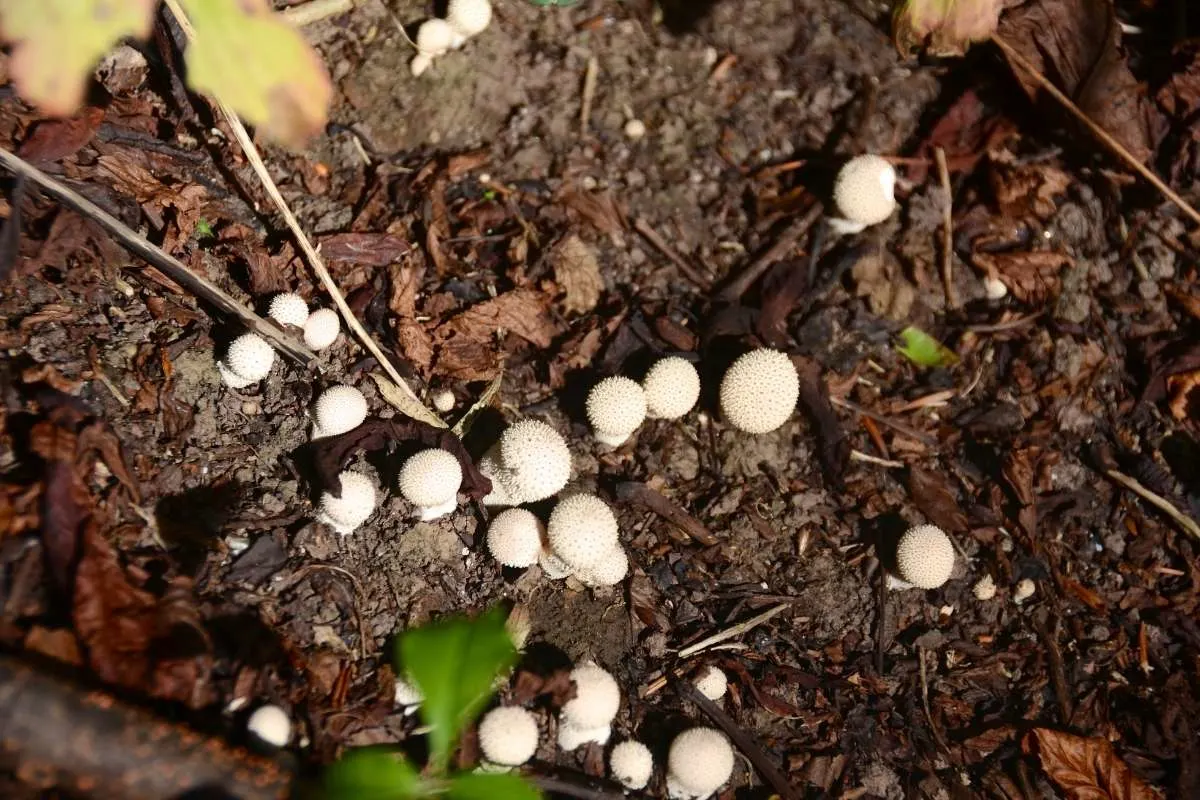
This problem that starts in the soil of your plant will soon escalate and graduate to your entire plant. What seemed like a small problem for a moment quickly grew and affected the entire plant.
It is very similar to white mold, except that it is a round shape of formations (balls) caused by these organisms.
The most famous kind that attacks plants in your garden or home is most definitely stinkhorn fungus. Due to their “pop out” kind of look and white color, you’ll notice white balls right away.
It is rare that solid white balls will settle in the leaves because they prefer the conditions in the soil, if it does happen, they are usually on the underside of the leaves. However, the temperature and organic matter that plant soil possesses are what fungal balls need.
Issues Of Soil White Fungus Balls Appearance
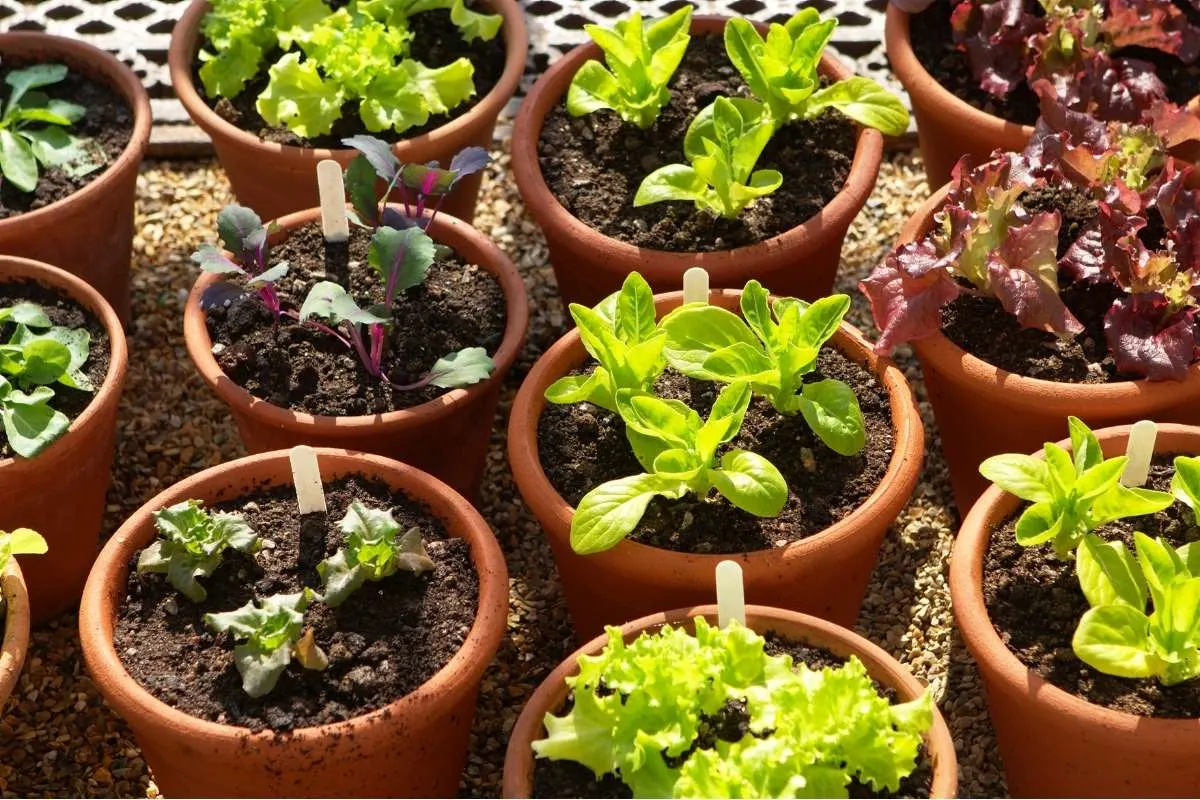
There are at least ten reasons why white fungus balls (sometimes called fruiting bodies) appear in the soil of plants, but today we will list the 5 main and most common causes of the appearance of these organisms in plants.
Given that they are harmful to your plant and that you want to get rid of them as soon as possible, because they cause the leaves to fall, stems to wilt, etc., we will go through their causes in detail.
Once you discover solid white balls in the soil you should react right away. Since it’s a dead organic matter issue, it can be fixable, but when it moves to the leaves, the real problem appears then. It means that so-called mushroom balls spread all around your plant.
Little white fungus balls show up on fruit and vegetables since that’s the food we eat, and most commonly on mushrooms when you ate toxic wild mushrooms you will most definitely end up in the emergency room. So, let’s make sure we learn all about white fungal balls today.
5 Reasons Why White Fungus Balls In Soil Appear
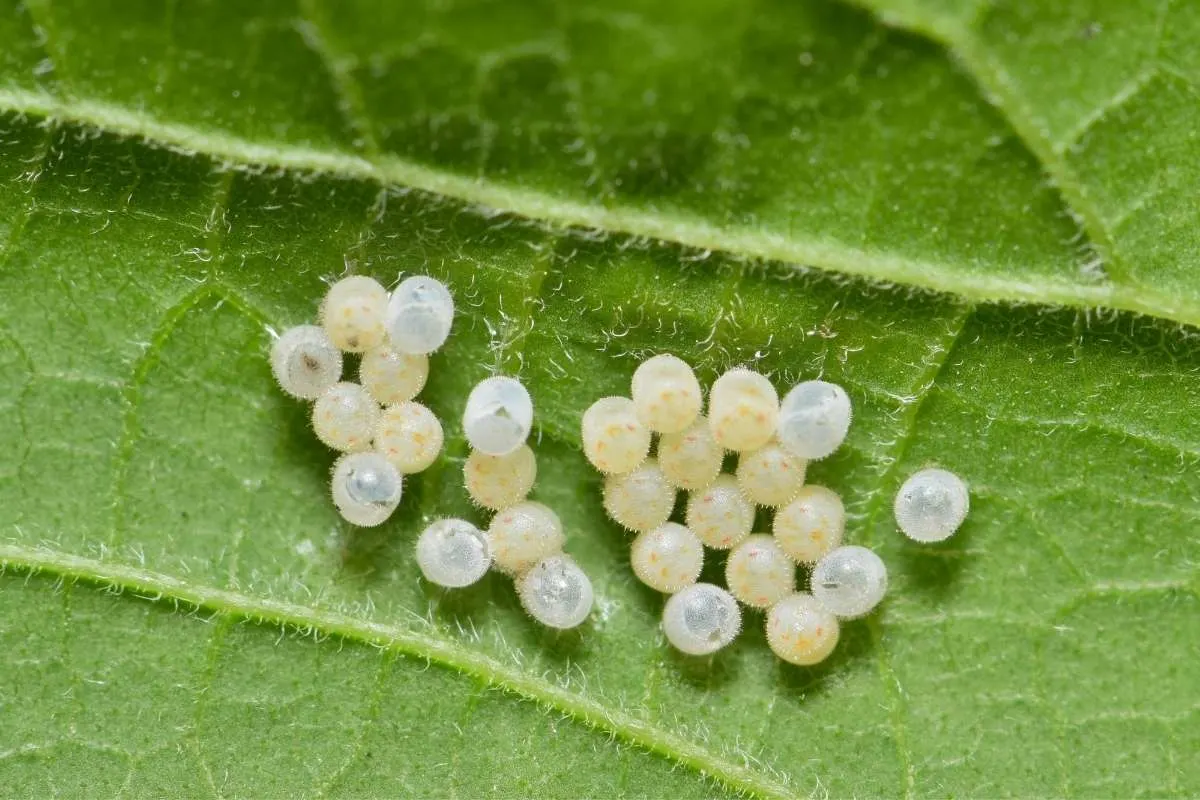
We could list at least 20 reasons why these problems occur on your plants. However, given that some causes are too rare, we don’t want to overwhelm you with too much information, so we narrowed down the selection to 5 main causes of puffball fungus on plants. So, let’s see how these puffball or stinkhorn spores affect plants.
1. Insect Eggs Issue Cause Slime Mold (White Eggs Issue)
Sometimes even the most innocuous things that you didn’t expect will cause a problem. This time it’s insect eggs. Insect eggs are full of nutrients and organic matter, exactly what these organisms need and feed on.
Of course, your plant should be protected from insects in the first place so that the first and only then the second problem does not occur. Therefore, when cleaning the leaves of your plant, carefully inspect the soil and the upper and lower sides of the leaves.
2. Decaying Organic Matter Cause White Fungus Too
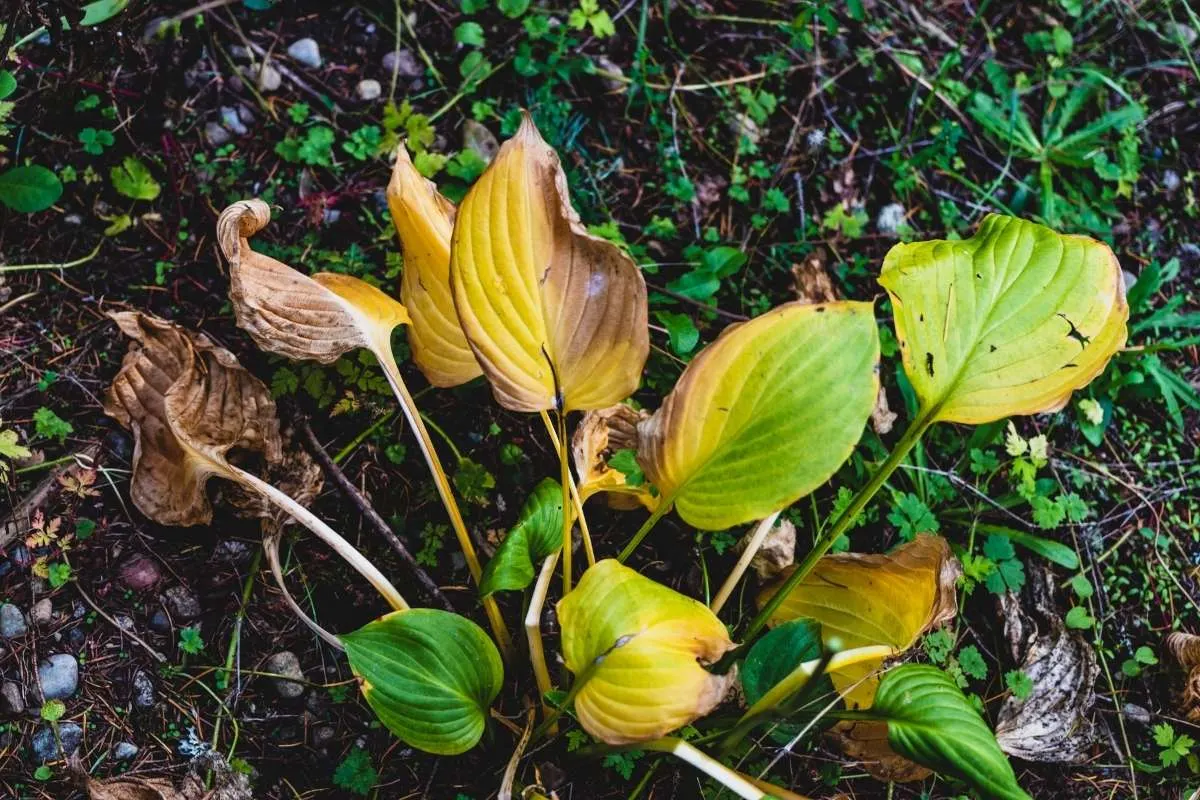
When your plant is experiencing decaying organic matter it is most likely that the white fungus balls in the soil will appear. This is a process in which the complex organic molecules convert into simpler organic and inorganic molecules.
It’s a biochemical transformation. Decay can happen to your plant for many reasons. Lack of water, lack of light, lack of humidity, sudden temperature changes, and many other causes.
Bottom line is that it can cause your plant’s death. What began as a tiny decay can become a droopy plant that’s near death and that is where white fungus comes, definitely not to save the situation but to ruin it even more.
3. Even Bacterial Colonies Affect On White Fungus
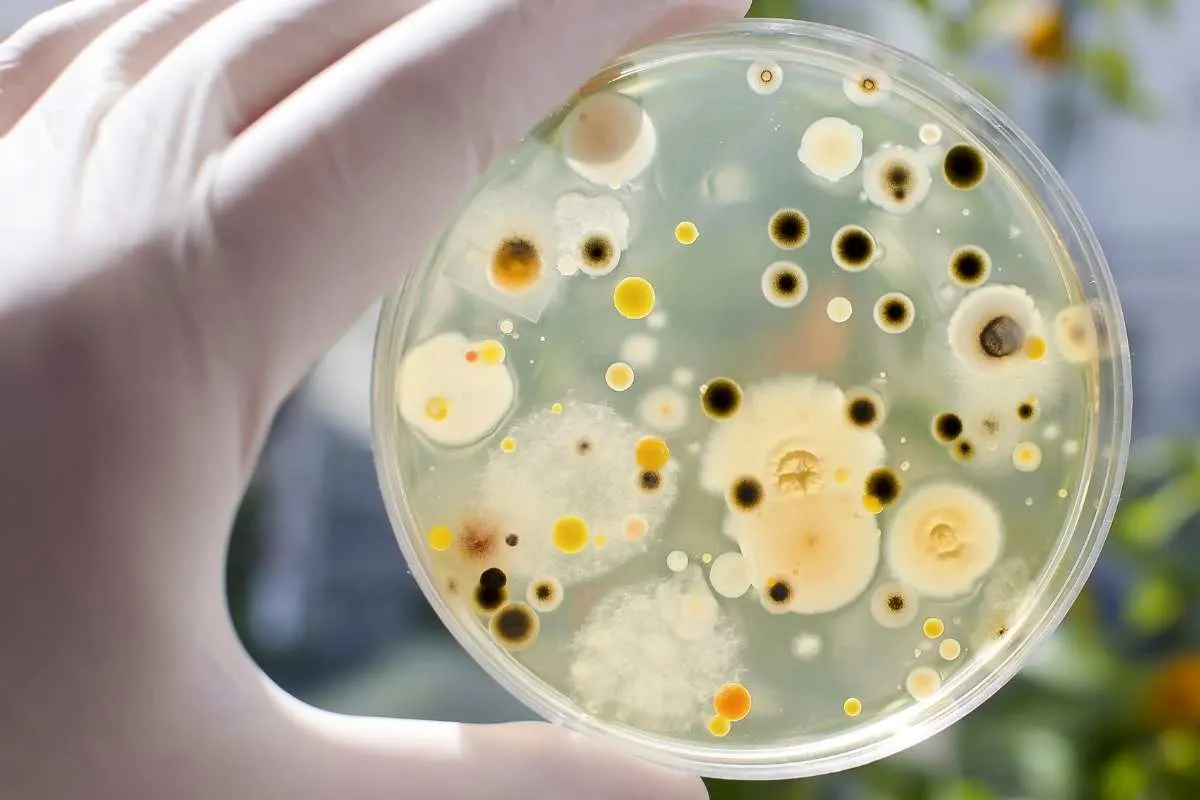
It is obvious to some that bacteria help the appearance of white fungus balls in the soil, but to some, it is not.
We must know first of all that we have two types of bacteria, the friendly ones will help the plant to obtain nutrients, and the unfriendly ones will be created in unfavorable conditions for the plant’s growth and will definitely be its end.
In this case, although the friendly bacteria do not harm your plant because it helps it (it also helps itself), they will actually attract white fungus balls that are looking for organic substances and nutrients.
Sometimes fungi can be useful for your plant, but if the plant is trying to tell you something through its appearance, then something is definitely not right.
4. Damp Soil Is The Problem As Well

The reason why white balls appear in damp soil is precisely the humidity and drainage that this soil has. It is an ideal habitat for white fungus along with other nutrients that the soil provides.
For these reasons and many others, you should always water your plant in a controlled manner and give it room to breathe with normal amounts of water. Garden soil can be a great choice, just as perlite combined with a good and controlled amount of watering.
5. Sudden Temperature Change
Sudden temperature change for plants means a lot. You’ll notice this issue right away because your plants will react immediately. Some look droopy, and some stop growing, but the most important thing is that they reduce growth and store energy for the winter.
That energy is exactly what the white fungus balls in soil are using once they settle down to your plant’s soil. Wintering of a plant does have different conditions and it should be like that, but try to reduce that change to a minimum.
3 Ways To Get Rid Of White Fungus Balls In Soil
I’m sure this is your favorite part because here we learn how to actually get rid of these pests once and for all and give our plant healthy and pleasant growth. Below we have prepared 3 very simple ways to get rid of white fungus balls in soil, so let’s find out more.
1. Make Sure You Check And “Clean” Potting Soil
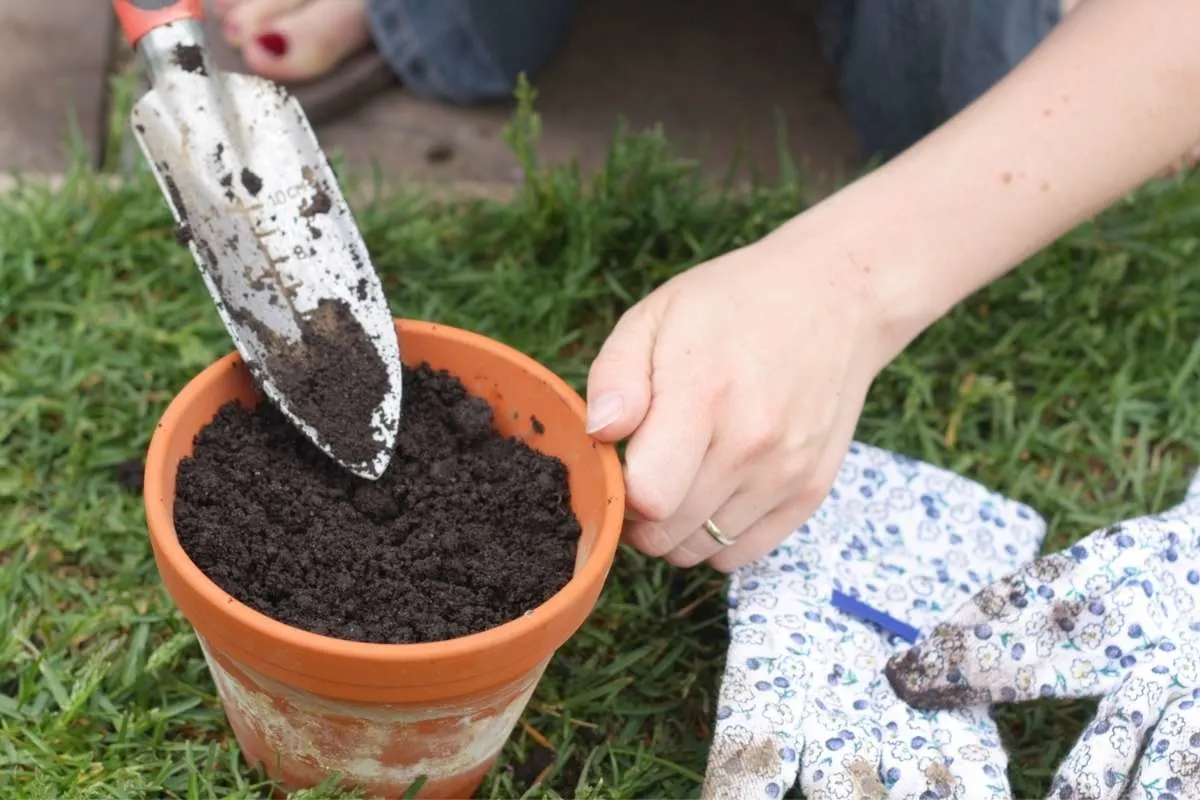
Most people think that they should take a spade and regularly dig the soil around their plants, but that’s not really the case. White fungus balls usually appear on the surface of the soil, or at least an inch below.
This is something that you can check here and there with your gloved hand. That first inch of soil will tell you a lot, and you will know whether to relax or react. Above all, you can always apply the method of prevention is better than cure.
Ask a worker in a gardening store what is the best method, i.e. a product that prevents diseases, pests, and similar things from attacking your plant, and apply it to your plant.
2. Bleach Treatment Will Fix A Part Of It
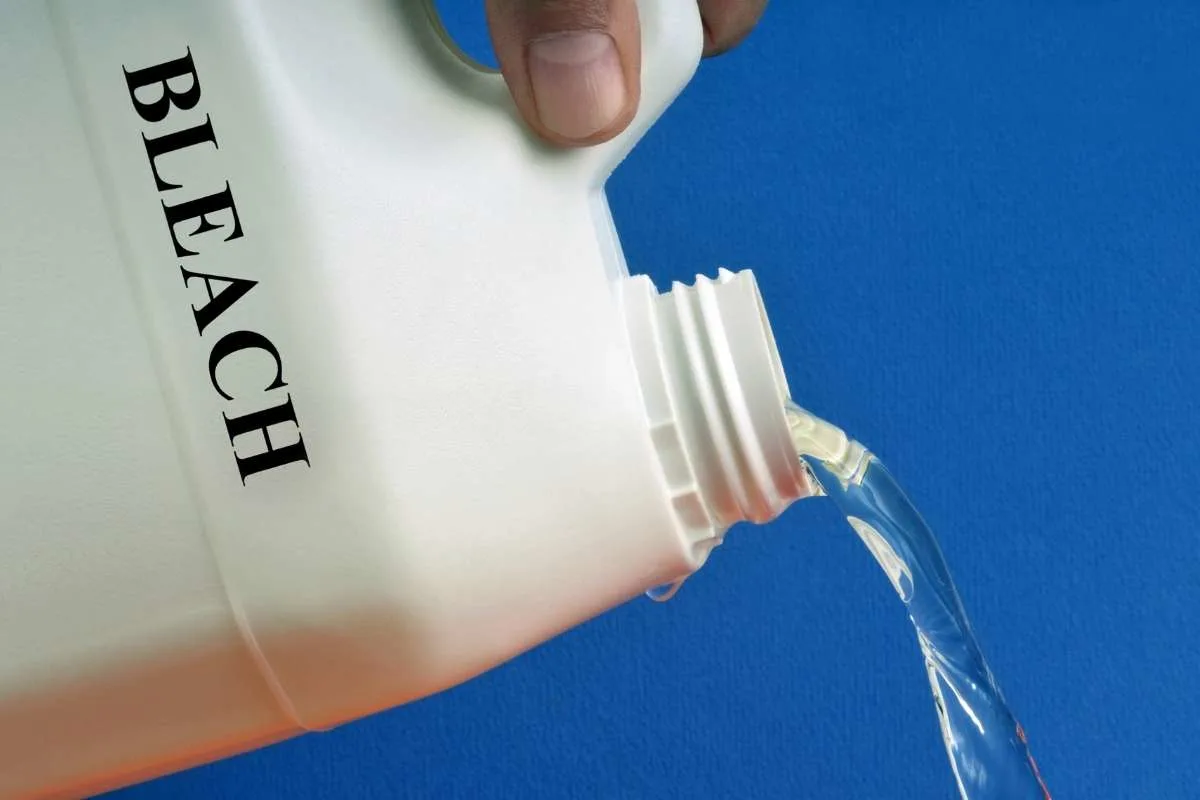
When it comes to bleach treatment, it all depends on the percentage you apply. Of course, as you know, this treatment is not done pure, i.e. by itself, but is combined with water. The most effective ratio that will not cause further damage to your plant is 1:10.
If you apply a higher percentage, it is not certain that your plant will not react to the enormous amount of chemistry that is in the blech and that it will not die afterward. Before these processes, always ask a person with experience.
3. Transplantation Of The Plant To A Fresh Soil
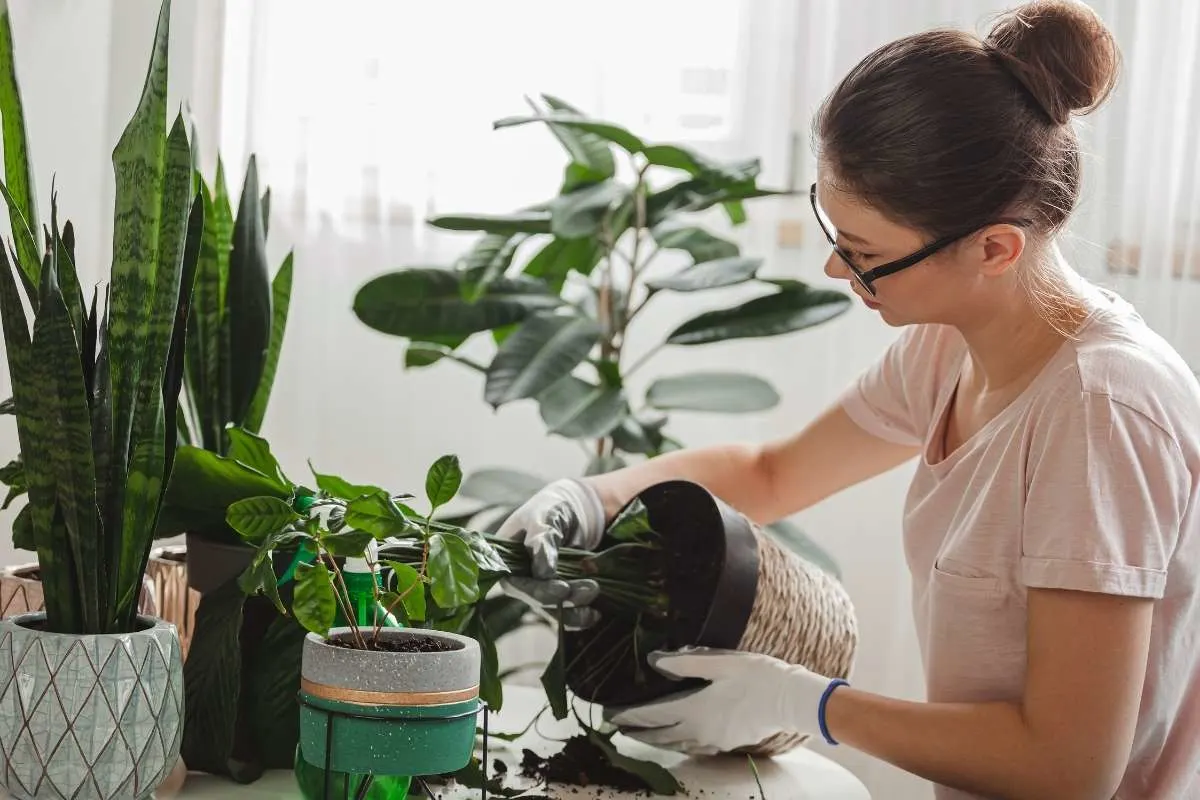
The simplest thing you can do is move your plant to another pot with fresh and new soil. I would personally recommend this method because it has proven to be the most effective method.
With other methods, there is still a risk that all the white fungus will not disappear, and that you will do more harm than good to your plant, but with this one there is no. We all know very well how to move a plant to another pot, and that’s all you need to do.
Buy the same soil you had before, a new pot, and move your plant together with the roots. Of course, inspect it before moving it if there is any white fungus on the leaves.
Wrapping It Up About White Fungus Balls In Soil
That would be all for today on the topic of white fungus balls in soil. If you currently have this problem, you know what to do.
Apply one of the three effective methods for removing these pests and get to work. For your health and safety, always wear gloves.
Now you know what kind of growing conditions lead to this problem, so if you are hesitant that one of your plants might be going through these stages right now, stop it now and choose smarter options.
Before you take any step or any change with your plant, always, but always, check the information so that you know that you are doing what is best for your plant.
That would be all for today. See you soon with many more useful articles about plants.

